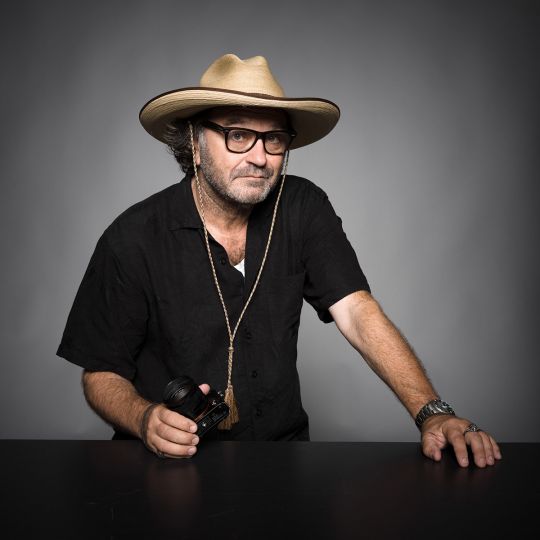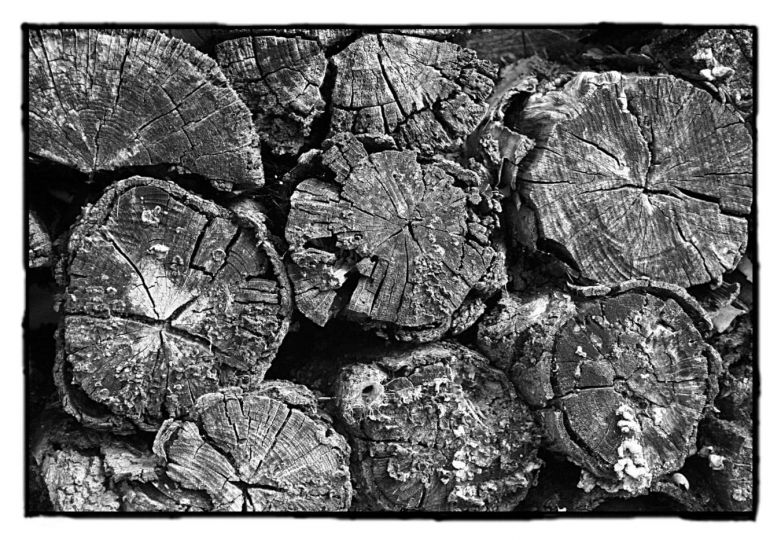We received this report from Jonathan Alpeyrie on which he has worked for the last five years. It is accompanied by these 2 texts.
For the past 5 years, I have been covering the drug wars in both South America and North America with the intent to create a large retrospective on the current situation of the Great Interntional Drug trade and its implications. Indeed, This project has both an anthropological and historical purpose. As a photojournalist, my primary purpose is to report on current events which have, at large, an important historical connotation. Furthermore, this project also dives deep into human activities but also its psychology. In fact, through these photographs I try to convey a message to the viewer which would make him wonder why so many people are now addicted to drugs, and why so many people are willing to go to great length to kill and sacrifice others to sell their drugs.
All these questions are deeply ingrained within this photography work which has taken me to 8 countries including the USA. It has allowed to explore and mostly understand how, our modern world is conducive to have helped created the great international drug trade and its terrible consequences.
Some argued recently that Mexico has now become a partial narco state. These strong words are not used lightly by individuals who live in Mexico proper or by specialists. Indeed, a recent estimate given by the DEA shows that about 30% of government workers are now being paid by various cartels. This number, which some say is far from the reality as it might be as much as 50% proves how intertwined Federal Mexican institutions as well as State and local ones are becoming one with criminal organizations. Who is to blame, and how did it come to be.
Corruption one would say, sure, that is one reason, but how and why is corruption in Mexico so predominant? Let’s dive briefly into the historical context which saw the birth and later the rise of the Mexican State. In 1517, the Spaniards land for the first time in the Yucatan peninsula and come into direct contact with many tribes but more importantly with the Mayas. Two years later in 1519, the Spanish conquistador Cortes and 500 of his men land on these shores and begin the process of conquest. In 1521, the Spaniard manage to attain their main objective destroying the Aztec empire and taking control of their capital Tenochtitlan. This signs the beginning of the Spanish expansion then control of what was to become Mexico.
The Spaniards, like the Portuguese down in Brazil, brought with them, their institutions, colonizers, technology, and also their faults with them. One of these faults was to reorganize the land using the Feudal system, which was to give all of the good lands to the Nobility and clergy, hence, destroying the possibility for the lower classes to have their own plot of land. This tradition of large agricultural land owned by only a few families, was, in my mind, one of the original sins which will see a drastic different in progress between the Latin States in the Americas and the future great power of the United States which had inscribed in law the sanctity of ownership, whether you are rich or poor.
This fundamental sin, over time, has remained ingrained in the mentality of the Mestizos, who would in time become the Mexican population. The poor in Mexico had to wait until1917, after the revolution, to see the implementation of a large-scale land reform which would only end in 1992. These reforms redistributed over 100 millions hectares from large farm groups to households organized into Ejidos (collective holdings). This rather recent transformation has had great benefits for Mexico but never completely eradicated the mentality of large family land lords. In fact, Mexican cartels operate very much in that fashion, and see the control of territory and therefore financial opportunity the same way as these once powerful Spanish families did centuries ago. The difference being in the type of goods they are prospering from.
Mexican drug cartels emerged from the US demand for Maryjuana in the 1960’s, though without much violence as, at that time, Mexico and the USA had a mostly peaceful society still deeply engrained in traditional values and an homogenous social structure. The rise of Colombian drug lord Pablo Escobar and his Cocaine empire changed all that as he used various Mexican cartels to distribute his products into the USA. After the arrest of the drug kingpin Felix Gallardo in 1989 for Cocaine smuggling, there was a lull in the violence through out most of the 1990, but things changed by the early 2000’s with a steady increase in violence. By 2006, with the election of Felipe Calderon and the violent rise of so many cartels, a war was declared by the Federal government which launched a very violent period for Mexico: by the end of his 6 year term, an estimated 50 thousands drug related homicide had occurred. A low number as tenth of thousands of people went missing as well.
The new administration of ex-president Pena Nieto had a total different approach to the drug war and decided to terminate government heavy handed approach to get rid of the numerous cartels dotting Federal lands. This backfired tremendously, though not the right way as homicide went down by 50%. Critics accused Nieto to be in bed with the Sinaloa cartels, which is now seen as a distinct possibility. Then came the current president, Obrador who was even more lenient with the cartels. Both administrations were not successful, even they tried, to remedy the drug issues within Mexico, as the cartels saw this as weakness and an opportunity to advance their power further.
Today, the situation is so bad that it is hard to see the difference between Mexican cartels, certain portions of the Mexican government as power seems to be shared more and more, hence, creating a situation where one needs the other. Indeed, States like Michoacán, Guerrero Jalisco, or even Sonora, have become heavily contested lands where Federal troops are not longer controlling large swath of territory, therefore, creating a state within a state.
Jonathan Alpeyrie













































